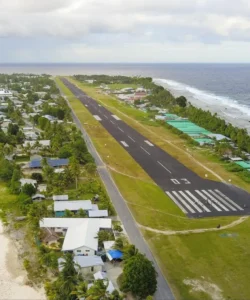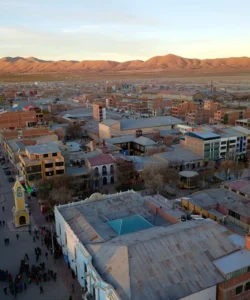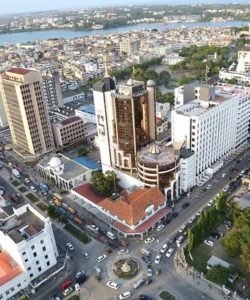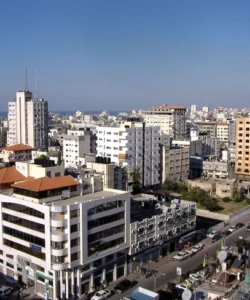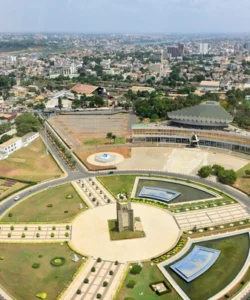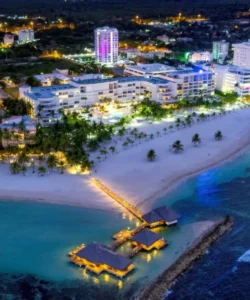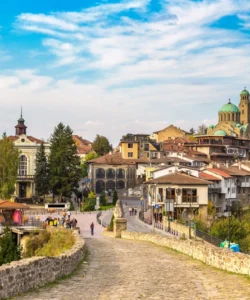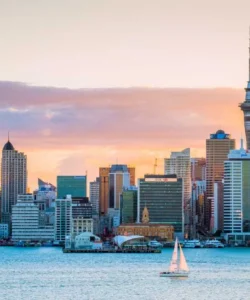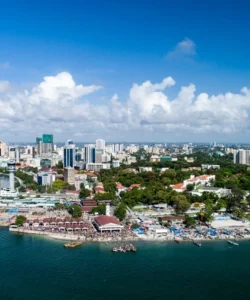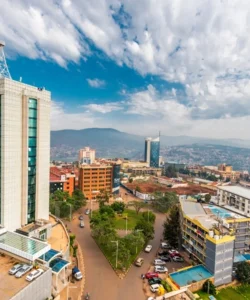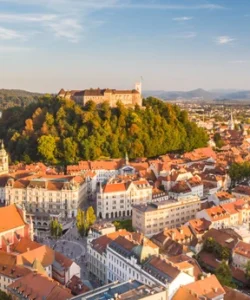Egypt, officially the Arab Republic of Egypt, is a transcontinental country spanning the northeast corner of Africa and the southwest corner of Asia, connected by the Sinai Peninsula. It’s a land of ancient wonders and vibrant modern life.
Here’s a detailed overview:
Area: Egypt covers an area of approximately 1,010,408 km² (390,121 sq mi). A significant portion of the country is desert, with most of the population concentrated along the fertile Nile Valley and Delta.
Population: As of 2023, the population of Egypt was approximately 114,535,772.
Language: The official language of Egypt is Arabic. Most Egyptians speak one of several vernacular dialects of Arabic, which differ significantly from the literary language.
Currency: The currency of Egypt is the Egyptian Pound (EGP).
Religion: The predominant religion in Egypt is Islam, with approximately 94.9% of Egyptians identifying as Muslims, primarily Sunni. Islam has been the state religion since 1980. There is also a significant Coptic Christian minority.
Capital: The capital city of Egypt is Cairo.
Major Cities:
- Cairo: The bustling capital, rich in history and home to numerous ancient sites.
- Luxor: Often called “the world’s greatest outdoor museum,” known for its incredible temples and tombs.
- Aswan: A beautiful winter resort town on the Nile, famous for its serene atmosphere and ancient sites.
- Alexandria: The second-largest city, located on the Mediterranean coast, a major port with a unique blend of ancient and modern attractions.
- Sharm El Sheikh & Hurghada: Popular Red Sea resort towns known for their stunning coral reefs and diving opportunities.
Attractions & Wonders:
Egypt is renowned for its ancient civilization and boasts an incredible array of historical and natural attractions:
- Pyramids of Giza and the Sphinx: Iconic ancient wonders, a must-see.
- Egyptian Museum (in Cairo): Houses an unparalleled collection of ancient Egyptian artifacts, including the treasures of Tutankhamun.
- Khan El Khalili Market: A historic souk in Cairo, perfect for experiencing local culture and haggling for souvenirs.
- Salah El Din Citadel: A medieval Islamic fortification offering panoramic views of Cairo.
- Karnak Temple Complex (Luxor): A vast open-air museum of ancient temples and chapels.
- Valley of the Kings (Luxor): The burial ground of many pharaohs, including Tutankhamun.
- Luxor Temple (Luxor): A grand ancient Egyptian temple complex.
- Temple of Hatshepsut (Luxor): A stunning mortuary temple built into the cliffs.
- Abu Simbel Temples (Aswan): Two massive rock-cut temples.
- Philae Temple (Aswan): A beautiful temple dedicated to the goddess Isis.
- Nile River Cruises: A popular way to experience the ancient sites along the river.
- Red Sea Reefs: World-class diving and snorkeling opportunities in places like Sharm El Sheikh and Hurghada, known for vibrant coral reefs and marine life (e.g., Blue Hole, Ras Mohammed Marine Park).
- Siwa Oasis: A remote and picturesque oasis offering a unique cultural experience.
Architecture:
Egyptian architecture is incredibly diverse, reflecting its long and rich history. Key architectural styles include:
- Ancient Egyptian Architecture: Best known for its monumental stone temples and tombs, including the famous pyramids. Features include massive pylons, hypostyle halls, obelisks, and hieroglyphic decorations. Common materials were limestone, sandstone, and granite.
- Greco-Roman Architecture: Elements introduced during Ptolemaic and Roman rule, particularly in Alexandria.
- Coptic Architecture: Early Christian architecture influenced by classical and Byzantine styles.
- Islamic Architecture: Characterized by mosques, madrasas, and other structures with distinctive domes, minarets, and intricate geometric patterns.
- Modern Architecture: Contemporary buildings reflecting global trends.
Roads:
Egypt has a significant road network with a total length of approximately 65,050 km, with about 74% (48,000 km) being asphalted. The country has been working on improving its road quality and infrastructure, advancing significantly in global rankings.
Hotels:
Egypt offers a wide range of accommodation options, from luxury resorts and international chains to boutique hotels and budget-friendly guesthouses. Popular areas for hotels include Cairo (especially near the Pyramids and city center), Luxor, Aswan, and the Red Sea resorts of Hurghada and Sharm El Sheikh. Many hotels offer views of historical sites or the Nile River.
Restaurants & Cuisine:
Egyptian cuisine is rich in flavor and heavily influenced by its agricultural heritage and location at the crossroads of various cultures.
Must-try dishes include:
- Ful Medammes: A staple breakfast dish of stewed fava beans, often served with oil, salt, and various toppings.
- Ta’meya (Egyptian Falafel): Made from fava beans (unlike chickpea-based falafel in other regions), often served in pita bread.
- Koshari: A popular and hearty vegetarian dish combining rice, macaroni, lentils, chickpeas, and a spiced tomato sauce, topped with crispy fried onions and garlic vinegar.
- Molokhia: A green, slimy stew made from jute leaves, often served with chicken, rabbit, or seafood and rice.
- Mahshi: Stuffed vegetables (like grape leaves, zucchini, bell peppers) with a mixture of rice, herbs, and sometimes minced meat.
- Shawarma: Marinated meat (chicken or beef) cooked on a vertical spit, shaved off, and served in a wrap.
- Fattah: A celebratory dish of rice, crispy bread, and meat (usually lamb or beef) topped with a tomato and garlic sauce.
- Hawawshi: Egyptian meat pie, typically minced meat mixed with onions and spices, baked inside a dough.
- Roz Bel Laban: Rice pudding, a popular dessert.
- Umm Ali: A delicious Egyptian bread pudding.
You’ll find a wide variety of restaurants, from traditional Egyptian eateries to international cuisine, especially in major cities and tourist areas. Street food is also a vibrant part of the culinary scene.

